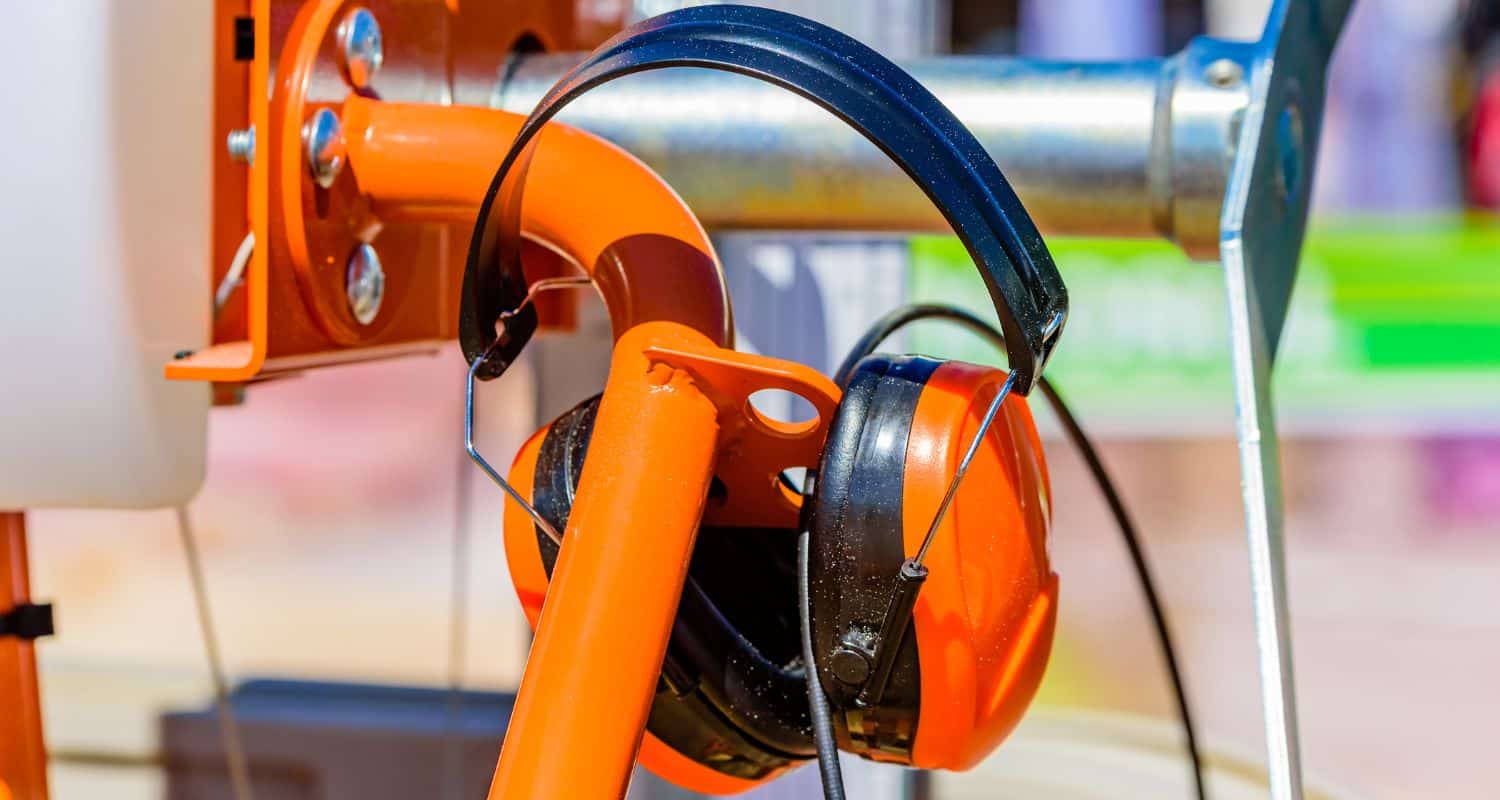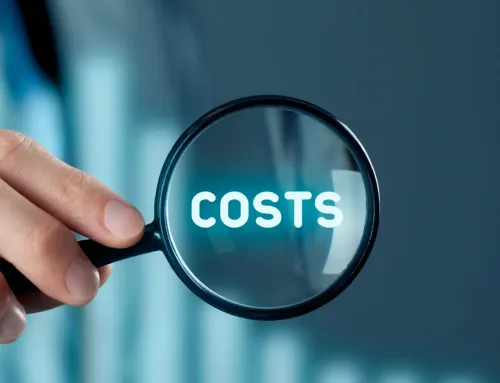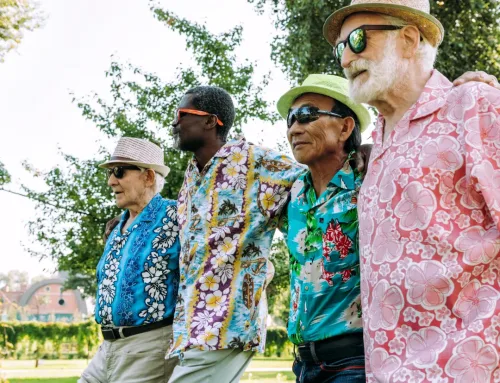Occupational Hearing Hazards
HOW COMMON IS HEARING LOSS and WHAT CAUSES IT
Disabling hearing loss affects between 40-50 million Americans. That’s more people than diabetes or cancer. Though less than three out of every 1,000 babies in The United States are born with a congenital hearing disability, 13% of the total population 18 years old and above suffer from it. This percentage rises steadily with age until eventually over half of everyone 75 years old and older is affected. Hearing damage happens in countless ways, so more time in the world just means more risk exposure.
Hearing loss is always the result of the same injury. Sound waves vibrate the minuscule hairs inside your ears against your eardrums, which instantaneously send the signals to your brains to decode and identify. When these antennae-like hairs or the ear drum itself are injured, hearing loss happens.
Loud noise causes this sort of injury. Sometimes it is the spontaneous result of proximity to a brutally loud volume, such as the blast of an explosion. More often it is a gradual process, the consequences of habitual exposure to dangerous volumes: more exposure means more dead nerves.
Sometimes it is not noise at all, but exposure to ototoxic chemicals. These chemicals can cause hearing loss and throw off your internal balancing systems when inhaled, ingested, or absorbed through your skin by damaging your central auditory system. Whatever the cause, hearing loss is permanent and cannot be fixed by medicine or surgery. Like walking with a cane, custom hearing aids can help, but do not restore your hearing to its original capabilities.
Many recreational habits such as frequenting loud concerts or sporting events pose a risk. Perhaps they have become normalized and the risk does not register to people, but at least they have a choice. The Center for Disease Control (CDC) estimates that 22 million workers are exposed annually to dangerous volumes at work each year.
Understand more about hearing loss in millennials and Gen Z.
HEARING LOSS IN THE WORKPLACE
Sports arenas, clubs and bustling restaurants, a tarmac, and operating a jackhammer at a construction site all have something in common: dangerous sound levels. If you are required to raise your voice to communicate with someone three feet away from you, you are in an environment that is probably louder than 85 dB and potentially dangerous for extended exposure. If you experience temporary hearing loss, or ringing or humming in your ears after a shift, you are at risk.
The impact of both noise exposure and ototoxic chemicals causes synergistic damage. This means that even if the sound levels are below the industry standards of acceptable risk and the chemical exposures are within these same standards, they can still be harmful when you are exposed to both. This makes certain industries particularly risky.
RISKY INDUSTRIES
—Agricultural workers often work with or beside loud machinery and risk ototoxic exposure
through inhaling pesticides and touching crops sprayed with pesticides.
—Construction workers, working with deafening machinery such as jackhammers, expose themselves to ototoxic chemicals with their frequent use of solvents.
—Many sectors of the manufacturing industry, from fabricated metals to textile workers, work with loud machinery while also exposed to dangerous fumes and residues.
—The industry with the highest rate of noise-induced hearing loss is mining. Many elements of both the common processes and residues are also hazardous.
It is important to note that just because these industries come with compounded risks, that does not minimize the risk of simply working in loud environments.
Learn more about hearing safety.
OSHA GUIDELINES
The Occupational Safety and Health Administration (OSHA) does have guidelines in place to mitigate these risks. There are regulations regarding noise and hearing conservation in construction, for example. When noise exposure averages 85 decibels or more over eight working hours, employers must implement hearing conservation programs that give the workers the knowledge and protection necessary to safeguard themselves. Employers can also help limit their workers’ risks by =always deferring to quieter machines when possible, isolating the sources of these dangerous volumes, limiting each worker’s exposure, and remaining steadfast in the use of appropriate personal protective equipment (PPE).
OSHA also offers basic guidelines to limit ototoxic exposure as well. Knowledge to identify risks is the obvious foundation. Employers should eliminate and substitute ototoxic chemicals with less toxic chemicals whenever possible. When this is not possible, it is critical to isolate and enclose the exposure with proper ventilation, for example. Eliminating unnecessary tasks to limit exposure time helps. And again, of course, PPE.
Due diligence to these guidelines will go a long way in preserving your hearing, which we all know makes a tremendous difference in your overall quality of life. Don’t wait. Change your habits today. Make an appointment with one of our specialists today to get a true sense of exactly how well you are hearing. Contact American Hearing + Audiology for an appointment at one of our top-rated hearing centers.






